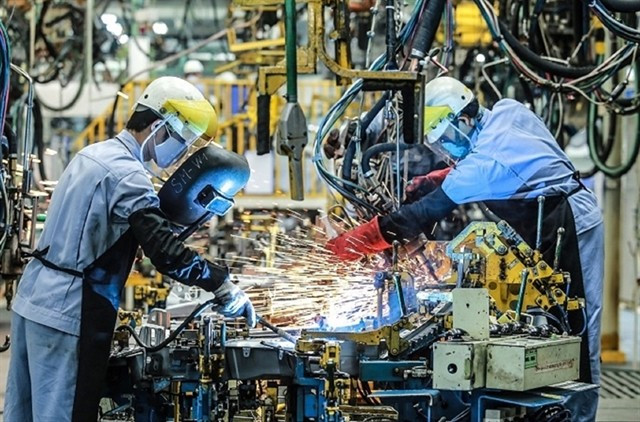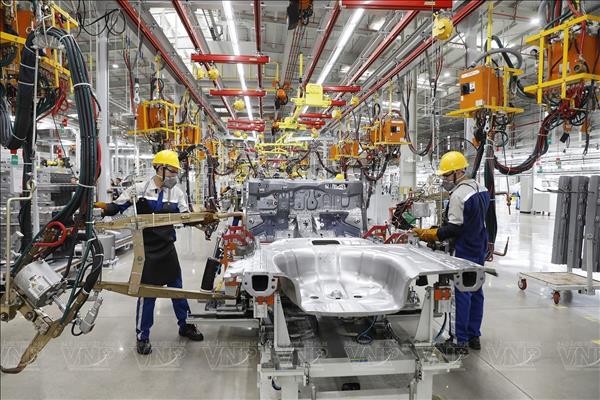The index pointed to a strengthening in the overall health of the manufacturing sector, with the solid improvement in business conditions was the most marked for almost a year.
The improvement in operating conditions coincided with a return to growth of new orders in July. New business expanded for the first time in four months, and at the fastest pace since November last year amid reports of customer demand strengthening.
Some respondents did highlight the negative impact of US tariffs on new order growth, with, new business from abroad continuing to fall as a result of tariffs, extending the current sequence of contraction to nine months.
The renewed increase in new orders helped to support production growth in July. Output rose for the third month running and the pace of expansion was marked and the fastest in 11 months.
Rising output requirements drove a renewed increase in purchasing activity, with the pace of expansion the fastest since August last year.
Meanwhile, employment levels edged closer to stabilisation. Although staffing continued to decline due to lingering spare capacity following a recent drop in new orders, the latest reduction was the slowest in nine months as rising output requirements supported labour demand.
Despite renewed growth of input buying, stocks of purchases declined again as panellists reported challenges securing raw materials. That said, the pace of depletion was the weakest since December 2023. Stocks of finished goods also decreased in July.
Material shortages resulted in a further lengthening of suppliers' delivery times. The latest deterioration in vendor performance was solid and only slightly less pronounced than that seen in June.
Difficulties sourcing materials, particularly those from abroad, led to an increase in input costs at the start of the second half of the year. Input prices increased for the second successive month, and at a solid pace that was the fastest in 2025 so far.
Although manufacturers remained optimistic about output growth over the next 12 months, sentiment fell to a three-month low in July and remained well below the series average. Confidence was supported by expectations of more stable economic conditions, upcoming product launches and new orders, but concerns over the potential impact of US tariffs continued to weigh on the outlook.
Andrew Harker, economics director at S&P Global Market Intelligence, said: "July PMI data suggested that the Vietnamese manufacturing sector is getting back on its feet following the disruption caused to operations by the US tariff announcements in recent months.
"Although tariffs continued to cause reductions in new export orders, firms were able to secure enough business elsewhere that total new orders returned to growth.
Harker said that a key feature of the latest results was the impact of raw material shortages – driven by supplier delivery delays, falling inventories and rising cost pressures – and warned that if these supply issues persist, they could constrain the sector’s future growth./.



















